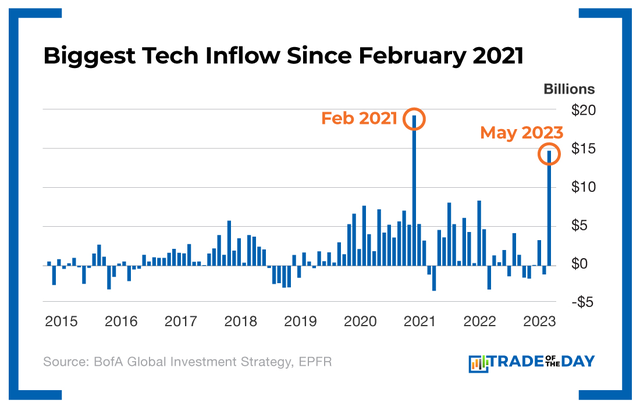| Here are five points to consider... 1. Flexibility Diagonal spreads offer flexibility by combining elements of both calendar spreads and vertical spreads. This can allow traders to adjust the strategy based on their outlook for the underlying asset's price movement. 2. Profit Potential Diagonal spreads can potentially profit from time decay and favorable price movement. If the underlying asset's price moves in the desired direction and stays within a specific range, the spread can generate a profit. 3. Limited Risk Similar to other spread strategies, diagonal spreads have limited risk. The maximum risk is typically the initial investment in the spread. 4. Complexities Diagonal spreads involve selecting different strike prices and expiration dates, which add complexity compared with simpler strategies. Traders need to carefully analyze market conditions, implied volatility and potential adjustments as the trade progresses. 5. Market Conditions Diagonal spreads may perform better in markets with low volatility and gradual price movements, where time decay can have a significant impact on the options' value. That last point is important, as it reflects the current market conditions we are experiencing. YOUR ACTION PLAN Spreads are one of our most popular trading strategies in The War Room. We're currently positioned on diagonal spreads in the SPDR S&P Biotech ETF (XBI), Energy Transfer (ET) and Bank of America (BAC). Click here to unlock The War Room and see exactly how we're trading them. | 













No comments:
Post a Comment